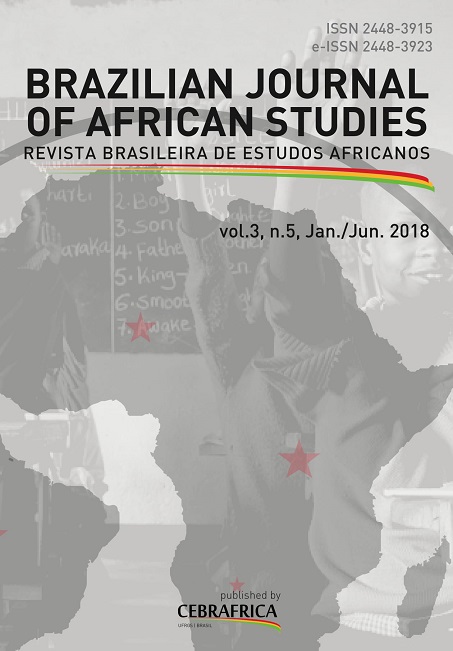CULTURAL DIVERSITY IN THE CAMEROON HIGHER EDUCATION POLICY DEFINITION: A HISTORICAL APPRAISAL
DOI:
https://doi.org/10.22456/2448-3923.82336Keywords:
Cultural diversity, English and French, policy, bilingualism.Abstract
The Republic of Cameroon has in addition to its multi-ethnic identities; two main identities that developed from her colonial history. These are the English and the French speaking identities established through formal education under British and French administration. At independence, the territory adopted a bilingual educational policy with two subsystems of education known as the English and the French subsystems at the primary and secondary levels. At the tertiary level, the first state university was made bilingual based on the country’s bi-cultural nature. This paper investigates cultural diversity as implemented in the tertiary education policy definition. It examines the bases, practices and pitfalls in the consideration of cultural diversity in the Cameroon higher education policy definition. The paper, based on practices in state universities argues that an effort to introduce and implement a bi-culturally inclusive educational policy in higher education was marred by varying demands orchestrated by diversity. Exploiting and integrated approach to harness the interrelated issues, the paper concludes that in as much as there was the desire on the part of the state to ensure inclusive bilingualism in the higher education system, what was obtained was exclusivism ranging from policy to practise and outcomes.
Downloads
Downloads
Published
How to Cite
Issue
Section
License
The author will hold copyright over the published articles and retain publishing rights.

Brazilian Journal of African Studies is licensed under a Creative Commons Atribuição 4.0 Internacional.


